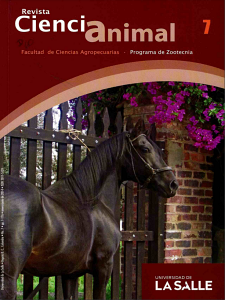Abstract
Compensatory growth is an accelerated growth triggered by hyperphagia after a period of restriction. To evaluate it in Pacu fingerlings, 4559 of them with an average weight of 17.4 ± 6.1 g and 7.8 ± 1.1 cm in size were used, kept at a density of 0.6 fish/m2, and five restriction protocols were analyzed: T1: (daily feeding) control, T2: one week of restriction and re-feeding, T3: two weeks of restriction and re-feeding, T4: three weeks of restriction and re-feeding, and T5: four weeks of restriction and re-feeding. No statistically significant differences (p ≥ 0.05) were found in most of the evaluated productive parameters, specific growth rate (SGR), weight gain (WG), condition factor (k) and percent survival (%S). However, the relative conversion factor (RCF) in T3 (3.69) showed differences p ≤ 0.05 compared to the other evaluated treatments. Likewise, the hepatosomatic index (T4: 0.25 ± 0.02 and T5: 0.22 ± 0.02) and viscerosomatic index (T4: 1.4 ± 0.02 and T5: 1.3 ± 0.027) showed statistical differences regarding the control group, which decreased compared to the increase in fasting. Production costs were reduced by decreasing the amount of feed supplied during the experimental phase. It is inferred that the Pacu fingerlings had a partial growth: they reached the weight of the control group but did not exceed it. Implementing this system can economically benefit the producer and contribute to the preservation of water bodies.Downloads
Download data is not yet available.



